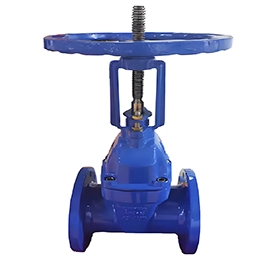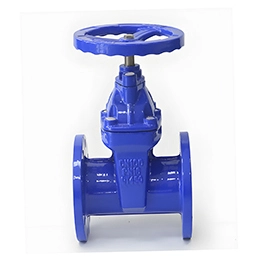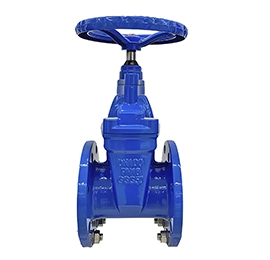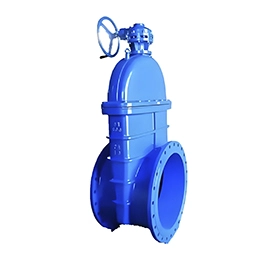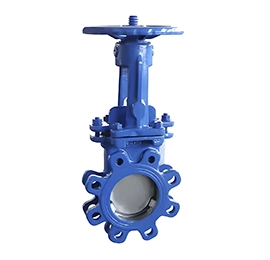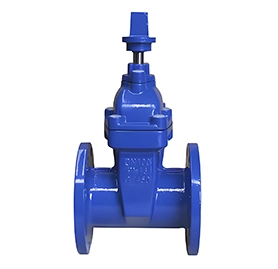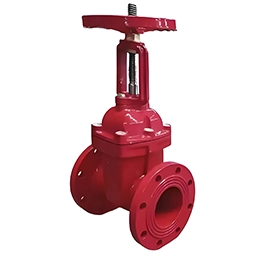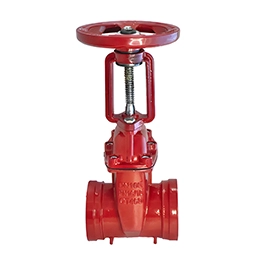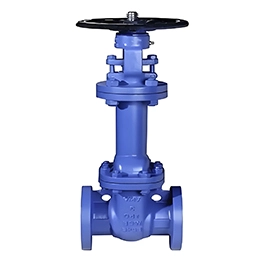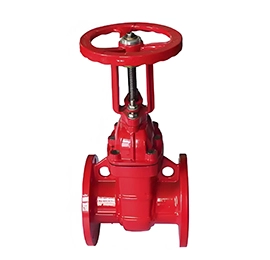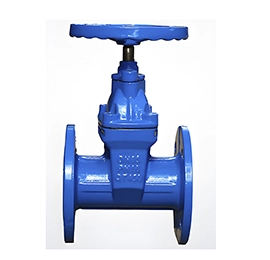How Gate Valves Work
Gate valves control fluid flow by raising or lowering a gate (or wedge) via a handwheel or actuator. When the gate is fully raised, the valve opens completely, allowing unrestricted flow. Lowering the gate blocks the flow entirely. This simple mechanism makes gate valves ideal for on/off applications rather than flow regulation.
Advantages of Gate Valves
Gate valves offer minimal pressure drop when fully open, ensuring efficient fluid flow. They provide a tight seal, preventing leaks, and are durable in harsh environments. Their simple design allows for easy maintenance and long service life, making them a cost-effective solution for many industrial applications.
Disadvantages of Gate Valves
Gate valves are not suitable for throttling, as partial opening can cause vibration and damage. They operate slowly, which can be a drawback in emergencies. Additionally, they are prone to corrosion and wear over time, especially in abrasive or corrosive environments, requiring regular inspection and maintenance.
 EN
EN


